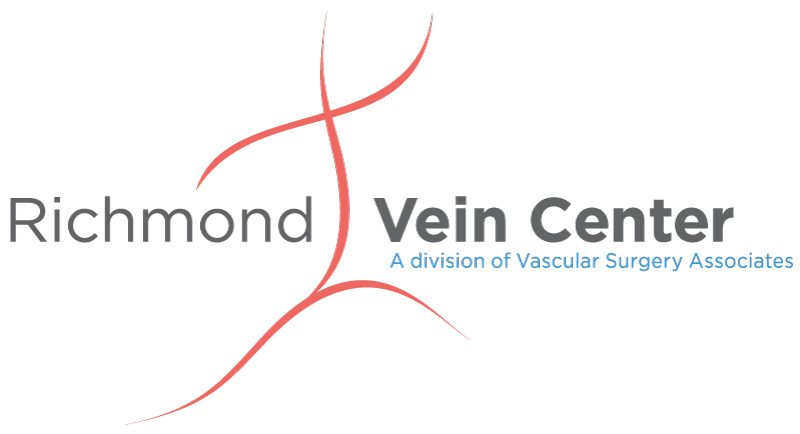HEALTHY LEG VEINS
A vast network of veins manages to return blood to the heart from other parts of the body. The leg veins need to drain blood back to the heart uphill. The smallest surface veins drain into the reticular system, a web of tiny veins just below the skin. Blood then flows into the larger and deeper veins. These larger veins carry blood back to the heart. The great and small saphenous veins are the main superficial leg veins.
WHAT IS VENOUS REFLUX DISEASE?
It is estimated that more than 80 million Americans suffer from some form of venous disease. Venous disease is 10x more common than arterial disease. In venous insufficiency states, venous blood and refluxes (flows) backwards down the veins into an already congested leg. Venous insufficiency syndromes are caused by valvular incompetence in the high-flow deep venous system, low-flow superficial venous system, or both. Untreated venous insufficiency in the deep or superficial system causes a progressive syndrome involving pain, swelling, skin changes, varicose veins, spider veins and eventual tissue breakdown.

